Boxwood evergreen: description, planting and care

Boxwood is considered one of the most beautiful evergreen ornamental shrubs, which are famous for their chic and dense crown, which is easy to form. Due to its decorative qualities, this plant is widely used in landscape design for the design of interesting compositions in the form of "living" fences, original borders and lawn framing. In addition, the bush is absolutely undemanding to care for, so even an inexperienced gardener can plant and grow it.
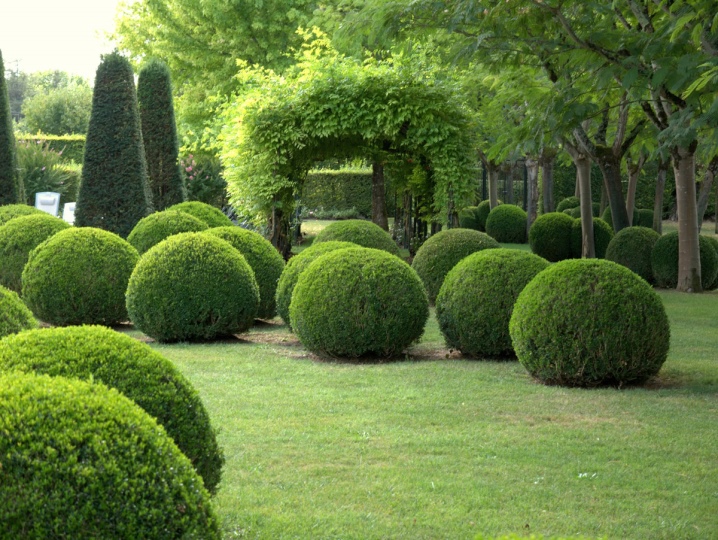
Peculiarities
Evergreen boxwood (in Latin Buxus sempervirens) is a shrub that belongs to the Boxwood family. The name "buksus" in translation from Latin means "dense". Buxus is represented by more than 100 species, each of which has its own description. This plant can be found both in Europe, Asia, the Mediterranean, and in western India. At home, the plant is planted not only in containers, but also in open garden areas, originally decorating flower beds or lawns.

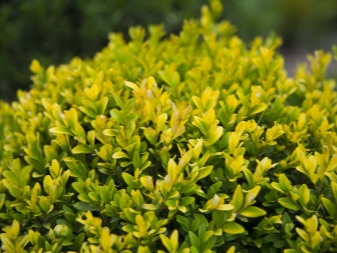
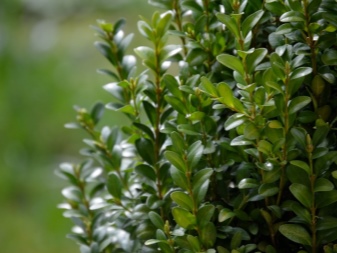

Boxwood is considered a poisonous plant, its foliage is especially dangerous for human health. Despite this, the shrub also benefits, producing active substances such as phytoncides, which cleanse the air well. Since the foliage and bark of the shrub contains many tannins, resins and alkaloids, it is often used in folk medicine.
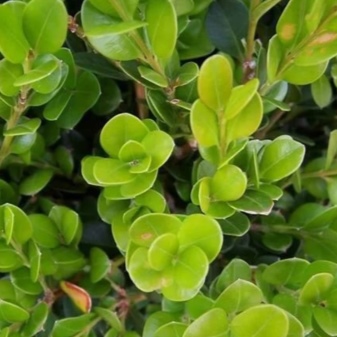
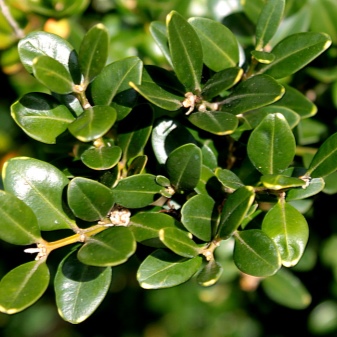
Unlike other evergreen bushes, buxus has shiny foliage and an incredibly dense crown.
The leaves of the boxwood are dense, opposite, almost round. The branches of the plant are protruding, straight and roughly leafy. The flowers are collected in axillary inflorescences, they are unisexual, small and exude a pleasant aroma. In autumn, fruits appear on the bushes in the form of a three-nested box, which cracks during ripening, and ink-colored seeds spill out of it. Boxwood is a good honey plant, it tolerates the pruning procedure very well, so it is often chosen to decorate both large and small garden plots.

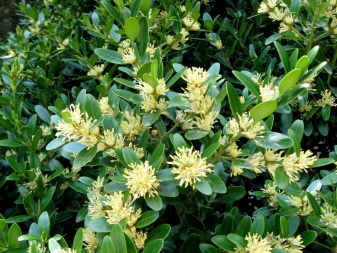
This shrub loves to grow in areas with loose, fertile soil. It grows rather slowly, reaching a height of 12 m, on average per year the growth is from 5 to 6 cm. There are also "giants" in nature, which grow in height up to 15 meters or more. The life span of a plant may differ, it all depends on the growing conditions. In nature, there is a recorded long-liver, which is 500 years old. Gardeners prefer to plant boxwood, not only because of its high decorative performance, but also because it is characterized by frost resistance.
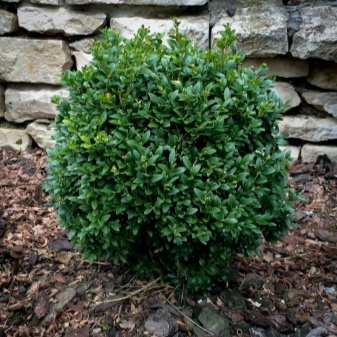
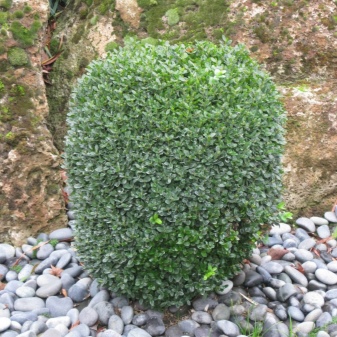
How to plant?
Planting boxwood is not particularly difficult, the only thing is that you need to choose the right time for it, which is determined depending on the age of the shrub. Young plants should be planted in the fall, and shrubs that are more than 3 years old, - at any time of the year (except for winter), since they are less whimsical. As for the choice of planting material, you need to give preference to seedlings with large green leaves. The presence of yellow foliage indicates a disease of the plant, and after planting, such a bush can quickly die.

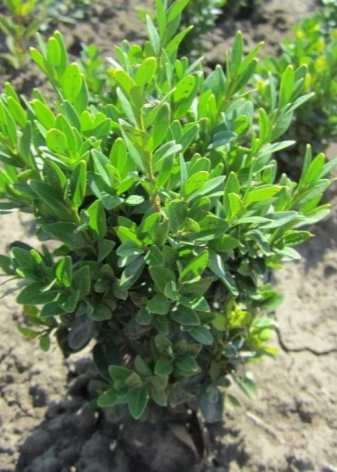
For tugs, it is necessary to choose areas with neutral soil, it is desirable that it be loose and contain at least a minimum of basic nutrients. Besides, bushes grow better in shaded areas, so it is not recommended to plant them in open spaces... The bright rays of the sun will quickly damage boxwood leaves. When the place is chosen, you need to prepare the site and dig shallow holes of 30-35 cm.
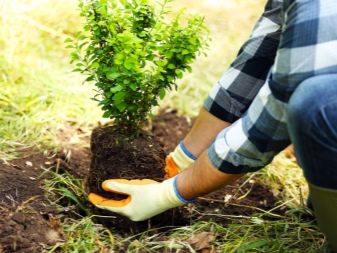

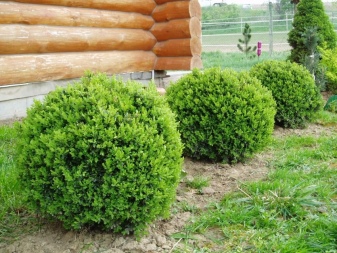
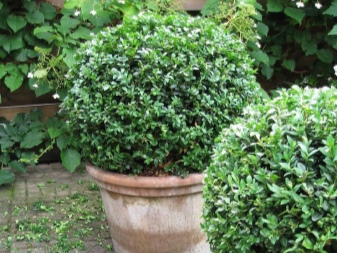
A handful of soil is taken from each planting hole, it is moistened with water and litmus paper is applied to determine the level of soil acidity.
A few days before the planned planting of a young seedling, it should be well watered. This will make it easier to remove it from the container with an intact soil clod. Many experienced gardeners submerge a bush taken out of a container with its roots in water for an additional one more day. Then follow these steps:
- a thin layer of perlite drainage is covered at the bottom of the pit;
- the roots of a young seedling are carefully straightened and placed in a seat, after which they are covered with soil, avoiding the appearance of air cavities;
- the soil in the filled hole is compacted with hands and watered with water (for one bush 20 cm high, no more than 3 liters of water is required).
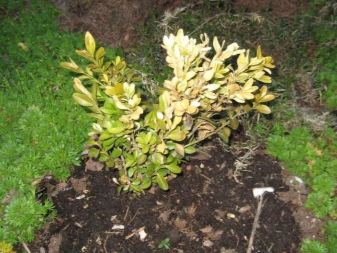
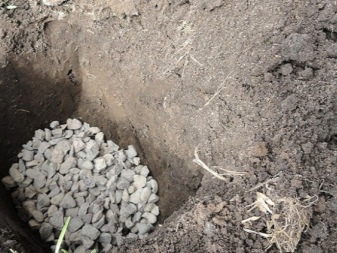
After disembarking, you need to check that the trunk is located strictly vertically. Around it, an earthen shaft up to 30 cm high should be additionally formed, this will help avoid water spreading during watering.
How to take care of it properly?
Although caring for a handsome boxwood at home is not difficult, it still needs some attention. The plant should be periodically cleaned of dirt and dust, form a crown and fertilize in a timely manner. If everything is done correctly, then you will definitely be able to grow a gorgeous plant, which will become the main decoration in the garden area.
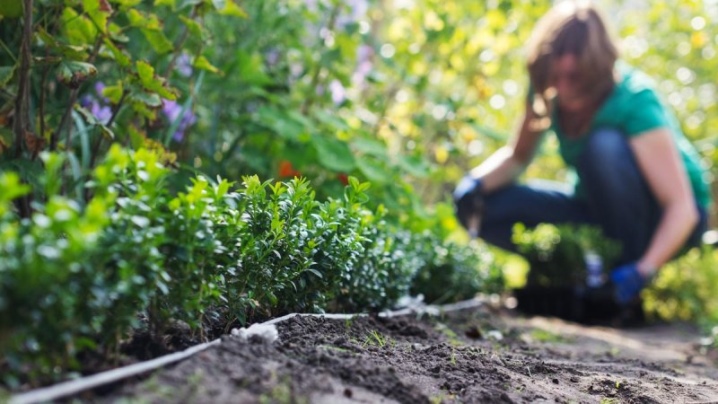
Watering
In a hot summer, the plant requires frequent watering, and in order to navigate when they need to be carried out, the soil is monitored, preventing it from completely drying out and the formation of cracks and crusts on the surface of the earth. As for those plant species that are dwarf and grown in tubs or flowerpots, they should be watered every day. For irrigation, only rain or previously settled water is recommended. To keep the water in the hole, a small earthen shaft is made around it when planting a seedling, which must be regularly updated.
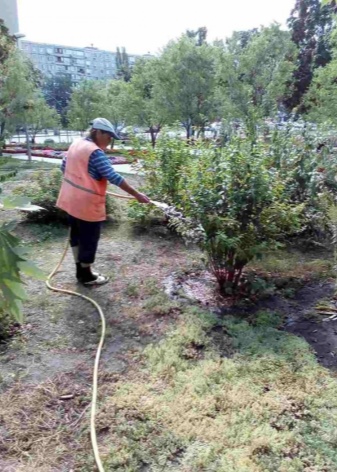
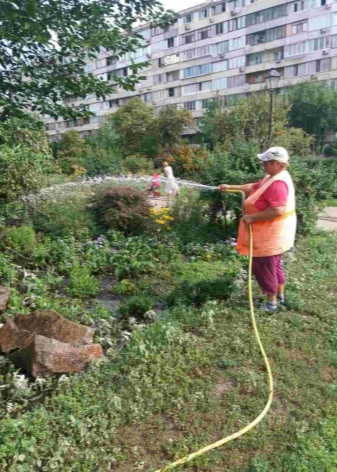
If after planting a young shrub it has not rained for more than a week, then abundant watering should be carried out, otherwise the plant will die.
Top dressing
The first introduction of nutrients must be carried out 30 days after planting a young seedling in open ground. The soil under the plant is also mulched, covering it with a small layer of peat. You can additionally feed the boxwood in the summer, in the fall, the last phosphorus or potassium-containing fertilizer of the season is applied, and the soil is dug up.
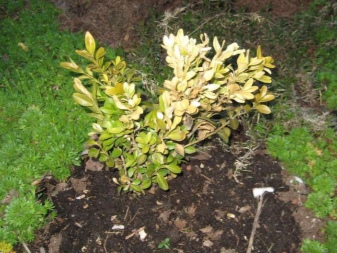
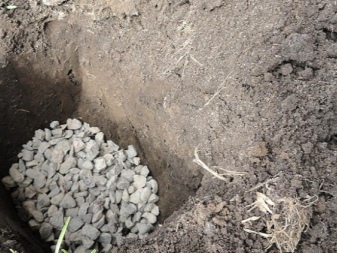
Pruning
To prevent boxwood from losing its beautiful appearance, it must be pruned periodically. This is usually done in the spring. Bushes can be formed in different ways, most often they create such classic shapes as balls, elongated cones and cubes. Some gardeners prefer to grow a buxus in the form of a standard tree, when they leave only one best shoot in the center and cut all other trunks under the root. The main advantage of the boxwood is that it is enough to create its shape once, then it will only have to be updated, and since the shrub grows slowly, this will have to be done extremely rarely. Corrective pruning involves the removal of only young growths; old wood must be cleaned up if the bush has completely lost its shape.
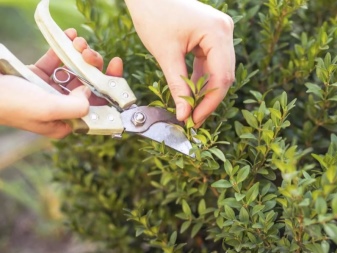
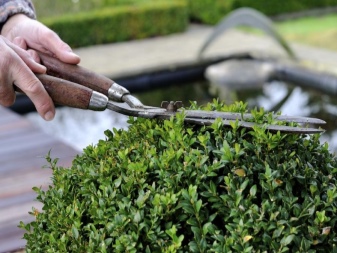
This type of shrub tolerates a haircut well, so it can be done once a month. It is important to note that there is one feature - the more often you cut the bush, the more often it will need to be fed with microelements and watered.
How to shelter for the winter?
After lowering the temperature regime of the environment to -10 C, boxwood must be covered, after having tied the shrub to the support. Shelter should be done with a non-woven material or simply tie the plant with spruce branches. If the boxwood is mature, then you can additionally whitewash the trunk with lime, and then only tie the crown. If a hedge or a horizontal border is formed from boxwood in the garden, then the entire decorative composition requires a shelter - it is completely covered with several layers of burlap.
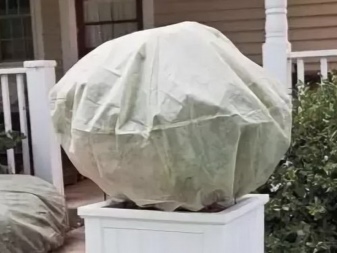
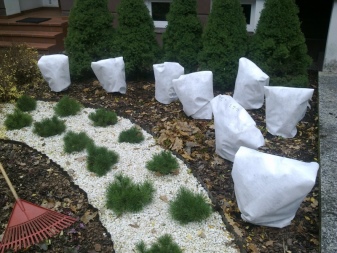
It is advisable to tie young shrubs with spruce branches, and carefully mulch their trunks. It is forbidden to use dry foliage as a protective shelter, since in winter, with high humidity, it will begin to rot and provoke the appearance of various fungal diseases. In the spring, such a shelter should be removed immediately, since in greenhouse conditions the seedling can quickly weaken. It is recommended to do this on a cloudy or rainy day, it is possible in the evening, leaving only one layer of shelter - it will further shade the plant from the first bright rays of the sun.
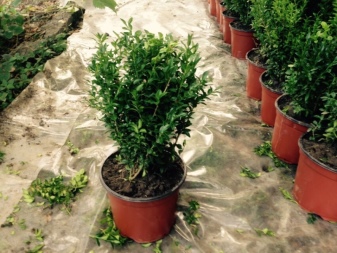
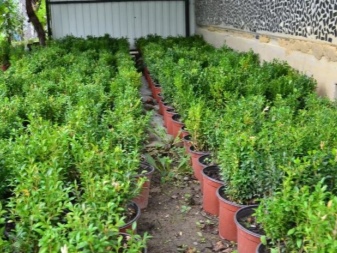
Reproduction methods
Boxwood, like all other evergreen shrubs, is usually propagated vegetatively, with some gardeners using seed propagation as well. The only thing is that the last type of reproduction is problematic, since the plant can quickly lose its decorative effect. Therefore, experts recommend carrying out the most popular breeding method at home - grafting, which is performed as follows:
- first, they make harvesting of strong, young, not yet lignified shoots, choosing specimens up to 15 cm long;
- shoots are carefully cut obliquely, removing leaves from the bottom by 1/3, then they are soaked for 24 hours in a special solution that stimulates root growth;
- after that, the cuttings are rinsed with water and planted in a prepared area, which should consist of fertile soil with the addition of sand, humus or compost;
- shoots are buried in the ground up to the foliage and covered with a plastic bottle with a cut bottom for protection;
- planted cuttings should be watered daily (spraying water with a spray), first removing the protective cover.
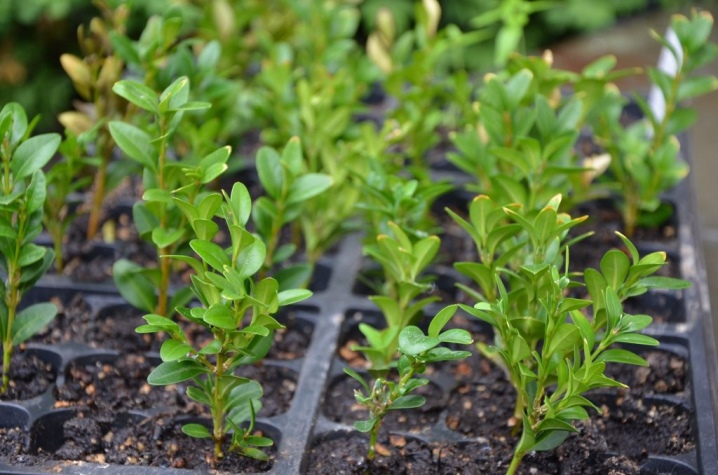
After 4 weeks, the first roots will begin to appear on the cuttings, and after 60 days they will have a full-fledged root system, after which the plastic bottle should be removed.
In this way, the bush can be propagated both in early spring and late autumn. In the latter case, the cuttings are not planted in open soil, but in special containers or pots, since the roots of the plant will not have time to fully grow stronger and take root before the onset of cold winter and in open soil they may die. Such cuttings are brought into a warm room, where they are left until spring, after which they are transplanted to a permanent place.
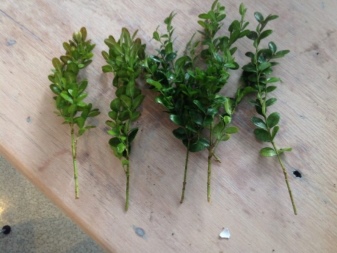
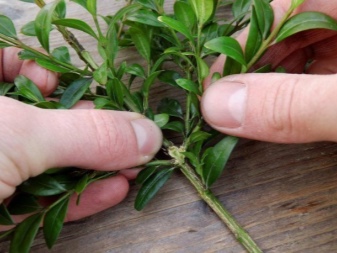
Another widely used type of propagation is the use of layering. To do this, in the spring, the shoots of the bush are gently tilted to the ground and buried in. In summer, they need to be fed with potash fertilizers and watered at the same time as the mother plant. After complete rooting, the plants are separated and planted in a permanent place.
Diseases and pests
Although boxwood is resistant to various diseases and insects, it can still be invaded by boxwood gall midge, which lays its eggs in late spring on young shoots of the plant. The larvae hatched from eggs eat into young leaves and feed on them, and in early May they turn into voracious insects. If these pests are not noticed in time, then the plant may die, its foliage will begin to dry and fall off. As a preventive measure in the fight against boxwood gall midge, spraying is carried out using drugs such as Tagor, Aktara, Fufanon and Karbofos. As a rule, one treatment is not enough, therefore it is recommended to repeat spraying after 10 days.

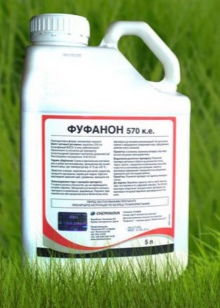

Another dangerous pest of ornamental shrubs is the spider mite, which usually appears in dry weather. It must be fought with the same drugs as with boxwood gall midge.
The boxwood and the moth (boxwood moth) cause a lot of harm. One caterpillar of this insect can eat a large leaf in 4 hours. The appearance of this uninvited guest is indicated by a change in the color of the foliage, in addition, the caterpillars instantly entangle the entire bush with loose cobwebs, which leads to its rapid withering and drying. If you do not start the fight against the insect in time, then it can settle on other ornamental plants placed next to the boxwood.

If the leaves on the bush have become sticky and a white bloom has appeared on their surface, this indicates that a boxwood flea has settled on the plant. Boxwood begins to lose its decorative appearance and eventually dies. To prevent this, the plant should be regularly treated with "Confidor" and repeated spraying every 2-3 weeks... As for diseases, boxwood usually suffers from shoot necrosis, which is manifested by the appearance of yellow spots on the foliage and the death of the tips of the stems. You can save the shrub by treating it with fungicides. If no measures are taken, then the plant can also infect cancer, in which all affected areas will have to be removed, covering healthy ones.
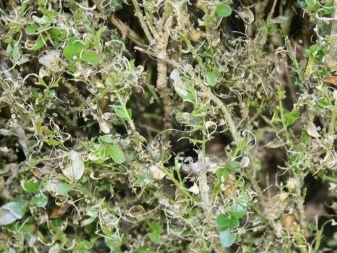
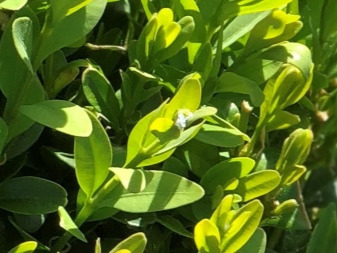
Much less often boxwood suffers from rust, it usually goes to shrubs from roses and garden trees. To prevent this, it is recommended to plant the plant away from such crops. The branches affected by this disease must be removed, and the plant itself must be sprayed with preparations containing copper. Particular attention should be paid to the defeat of young shoots by the fungus Volutella buxi, in which their tips dry out. As a preventive measure, it is recommended to remove old branches and clean the sick, additionally spraying the plant with fungicides.
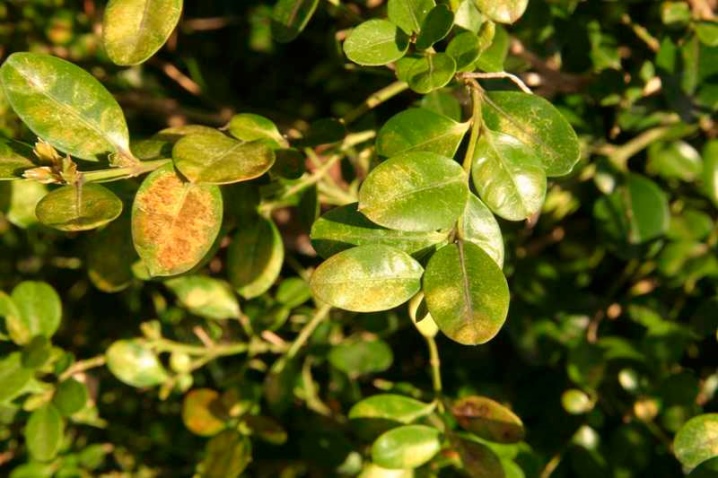
Use in landscape design
Boxwood is one of the most beautiful ornamental plantations, which pleases with its greenery and unusually dense crown all year round. Due to the fact that this bush is evergreen, it can be widely used in landscape design, after giving the plant the desired shape. Usually boxwood is chosen for the formation of borders, living fences. It can also be used as a single decoration for lawns; for this, climbing plants are planted near it. As a result, original sculptural compositions are obtained.

To decorate large garden plots, boxwood is cut in such a way that volumetric geometric shapes are obtained. - Shrubs in the form of bizarre pyramids, balls and cubes are especially popular in landscape design. You can also plant them in different patterns, creating labyrinths. This evergreen plant decorates well and flower beds, lawns, its dark green crown goes well with bright perennials.
For information on how to properly care for boxwood evergreen, see the next video.






























































The comment was sent successfully.